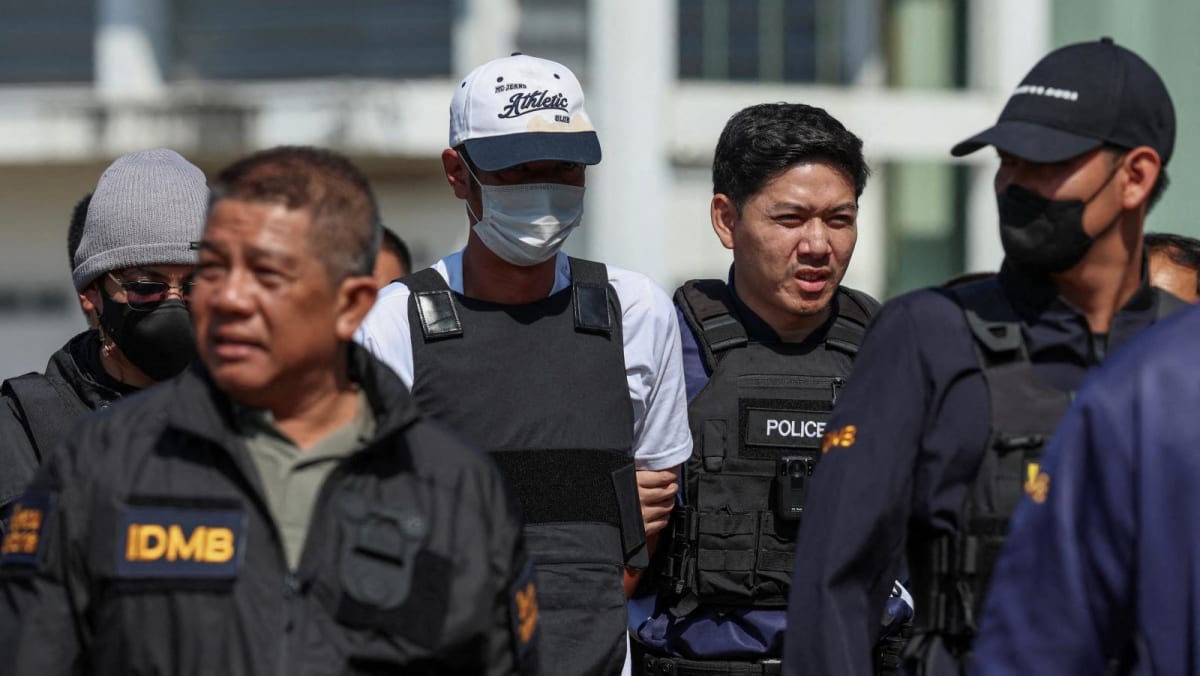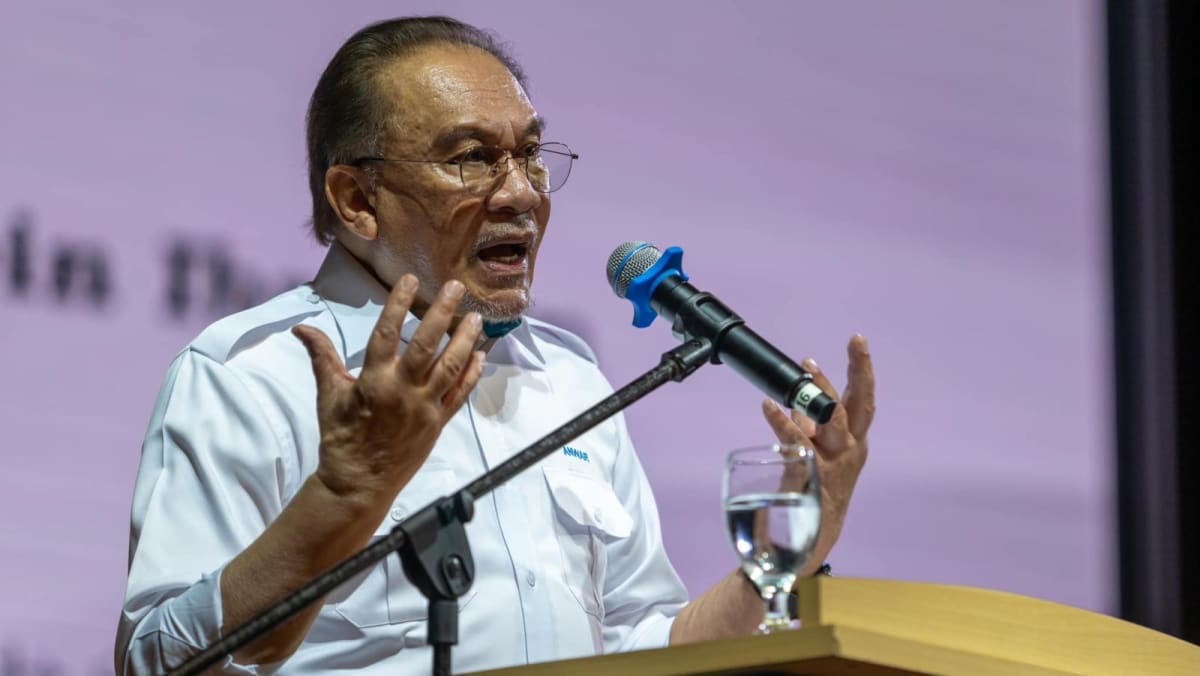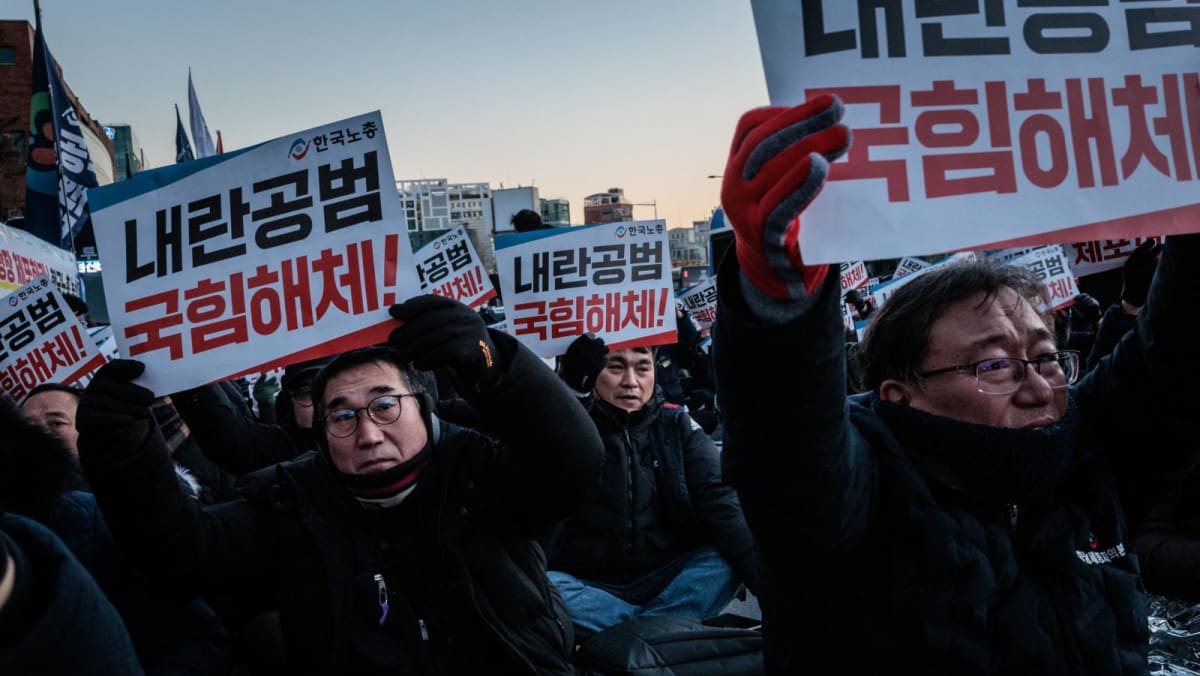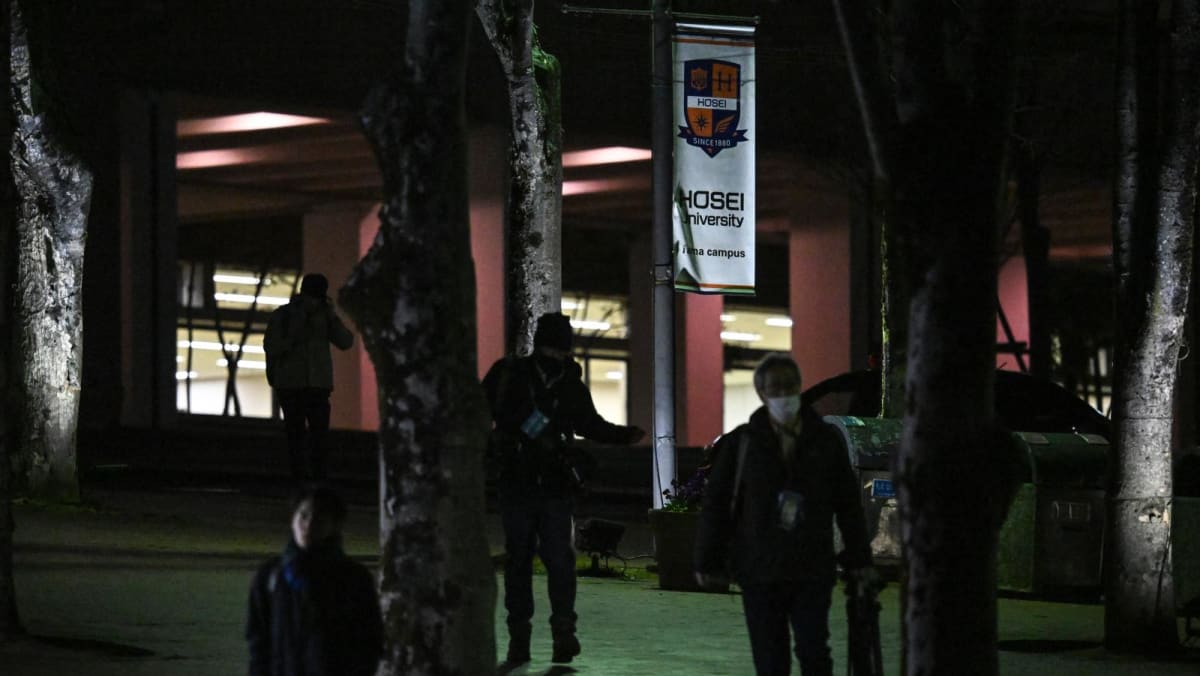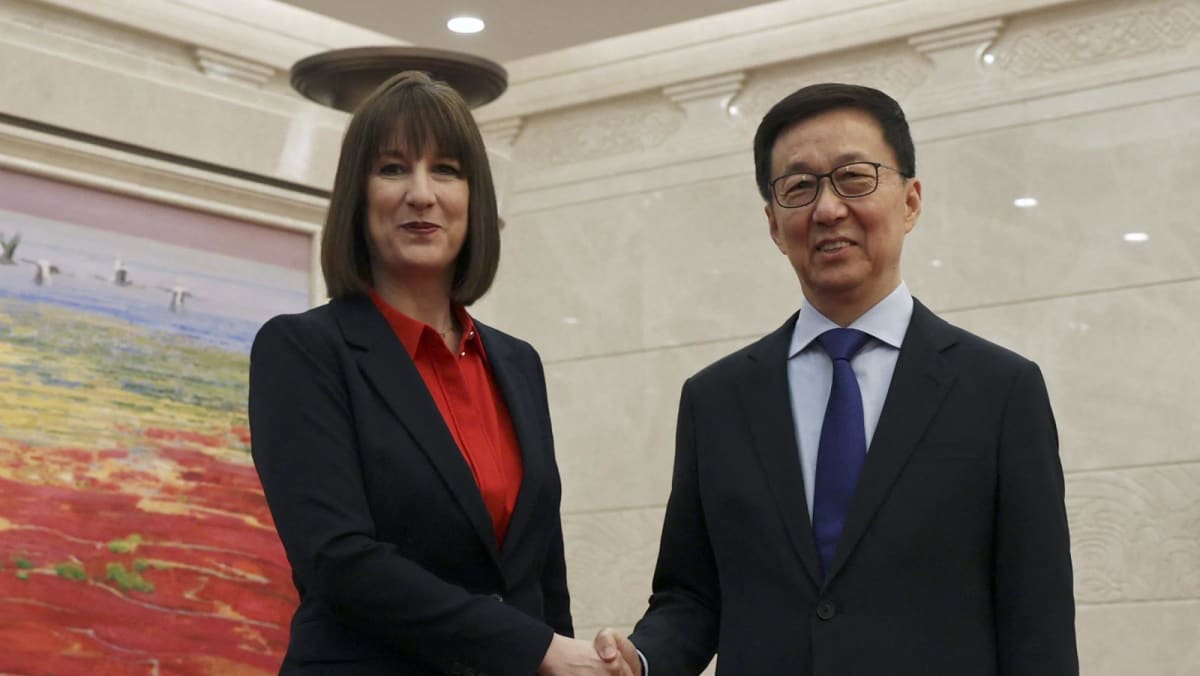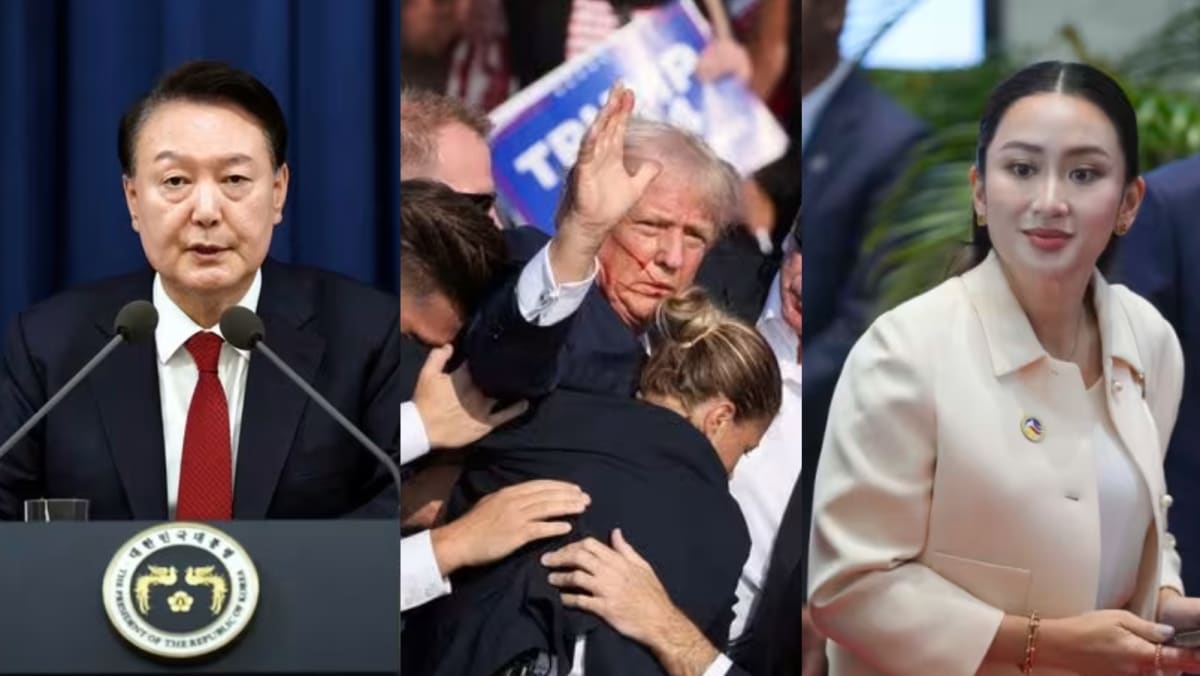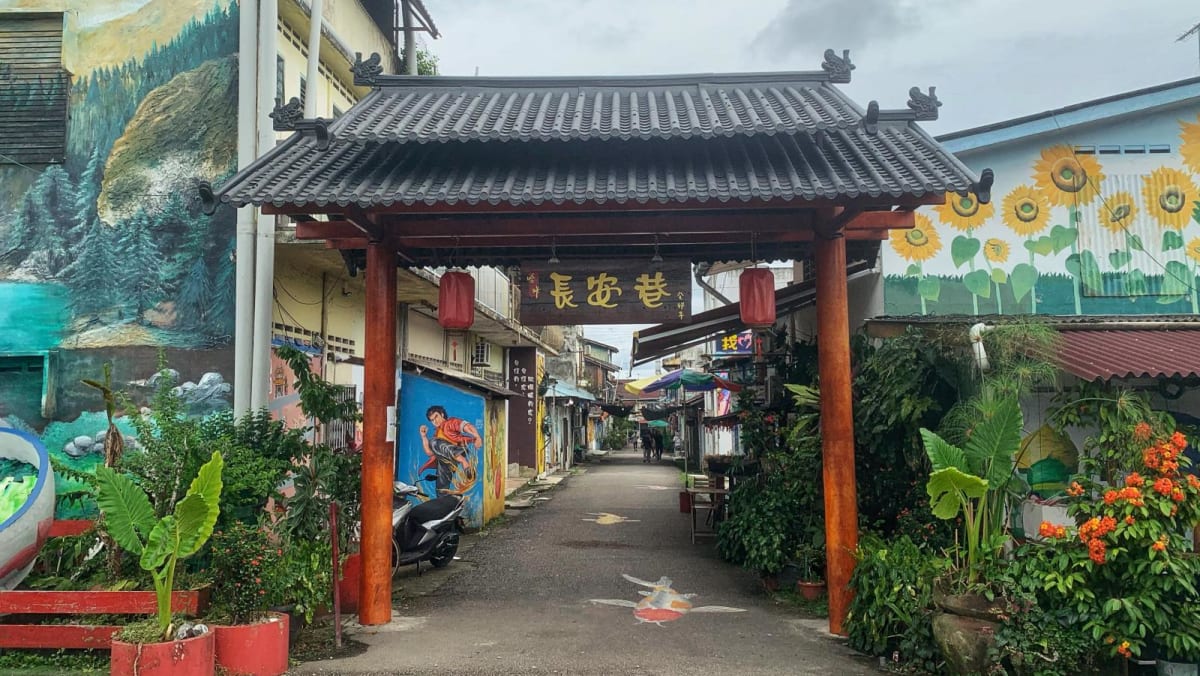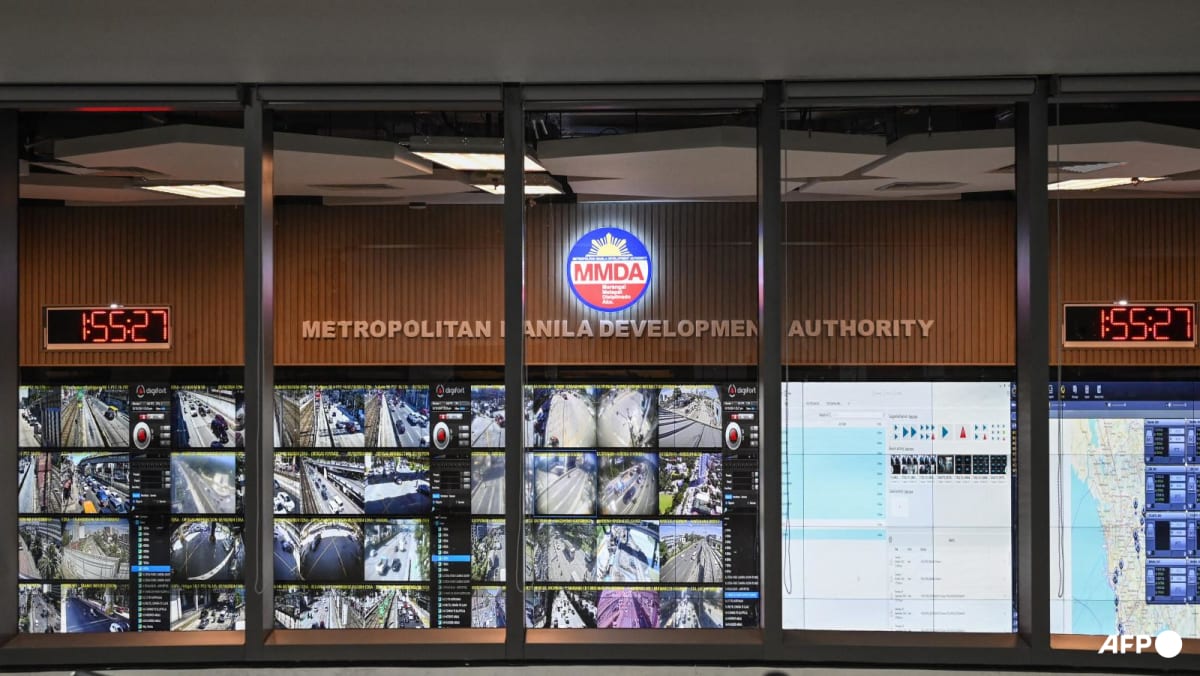Chinese solar firms go further afield where US tariffs don’t reach

Some of the biggest Chinese-owned solar factories in Vietnam are cutting production and laying off workers, spurred on by the expansion of US trade tariffs targeting it and three other Southeast Asian countries.
Meanwhile, in nearby Indonesia and Laos, a slew of new Chinese-owned solar plants are popping up, out of the reach of Washington’s trade protections. Their planned capacity is enough to supply about half the panels installed in the US last year, Reuters reporting shows.
Chinese solar firms have repeatedly shrunk output in existing hubs while building new factories in other countries, allowing them to sidestep tariffs and dominate the US and global markets despite successive waves of US tariffs over more than a decade designed to rein them in.
While Chinese firms have been moving their solar manufacturing for years, the scope of the shift to Indonesia and Laos in this latest phase has not previously been reported.
More than a dozen people in five countries, including employees at Chinese plants, officials at non-Chinese solar companies and lawyers were interviewed for this article.
“It’s a huge cat and mouse game,” said William A Reinsch, a former trade official in the Clinton administration and senior adviser at the Center for Strategic and International Studies.
“It’s not that hard to move. You set up and you play the game again. The design of the rules is such that the US is usually one step behind.”
China accounts for about 80 per cent of the world’s solar shipments, while its export hubs elsewhere in Asia make up much of the rest, according to SPV Market Research. That’s a sharp contrast to two decades ago when the US was a global leader in the industry.
America’s imports of solar supplies, meanwhile, have tripled since Washington began imposing its tariffs in 2012, hitting a record US$15 billion last year, according to federal data.
While almost none came directly from China in 2023, about 80 per cent came from Vietnam, Thailand, Malaysia and Cambodia – home to factories owned by Chinese firms.
Washington slapped tariffs on solar exports from those four Southeast Asia nations last year and expanded them in October following complaints from manufacturers in the US.
Over the last 18 months, at least four Chinese or China-linked projects have begun operations in Indonesia and Laos, and another two have been announced. Together, the projects total 22.9 gigawatts (GW) in solar cell or panel capacity.
Source: CNA



